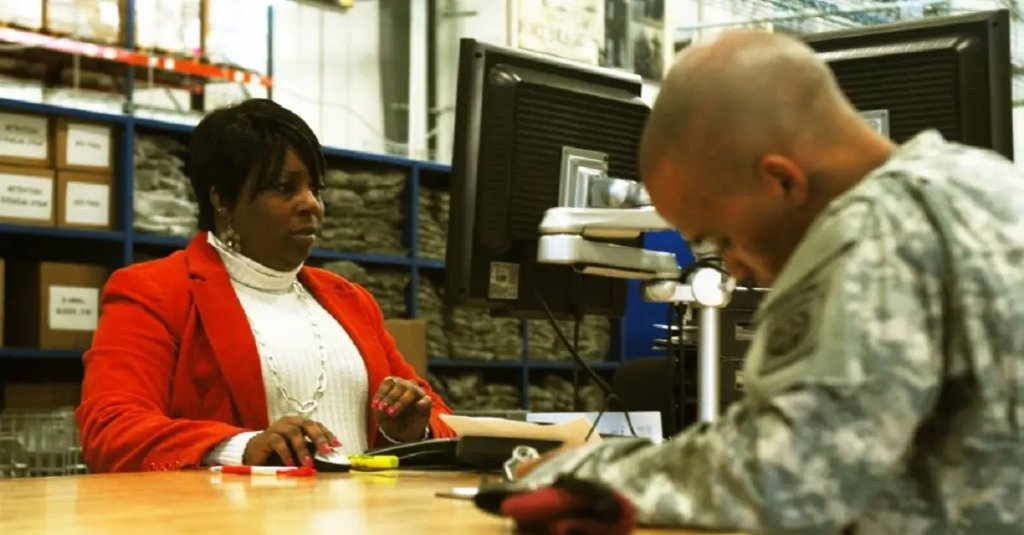

The U.S. military’s uniform history is one of tradition and tactical purpose. Many tiny details on our uniforms date back centuries. The different colors in the Army’s dress blues are a call back to the days when soldiers on horseback would take off their jacket to ride, causing their pants to wear out at a different pace. The stars on the patch of the U.S. flag are wore facing forward as if we’re carrying the flag into battle. Something that always stuck out was why the ACUs have the button and zipper locations opposite of civilian attire.

All Army issued uniforms had buttons until the M1941 Field Jacket added a zipper with storm buttons on the front. Shortly after, many other parts of the uniform including pockets, trousers and even boots would start using zippers as a way to keep them fastened. The zippers, like many things in the military, were made by the lowest bidders until the introduction of the Army Combat Uniform or ACUs in ’04.

The zipper on the ACU blouse is heavy duty and far more durable than zippers on a pair of blue jeans. The zipper is useful on the blouse for ease of access but it also has a tactical reason for its use. A zipper allows medical personnel to undo the top far easier than searching for a pair of scissors or undoing all of the buttons. The hook-and-loop fasteners (Velcro) is to help give it a smooth appearance.

Buttons on the trousers serve a completely different purpose. The buttons keep them sealed better than a zipper. Think of how many times you’ve seen people’s zipper down and you’ll get one of the reasons why they decided to avoid that. Buttons are also far easier to replace than an entire zipper and a lot quieter when you need to handle your business.
Dress uniforms take the traditional route to mirror a business suit. The Army Aircrew Combat Uniform is on it’s OFP.
